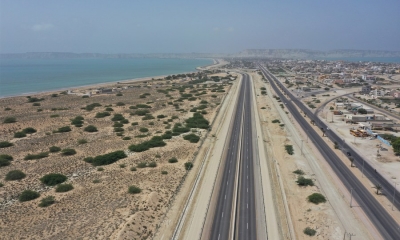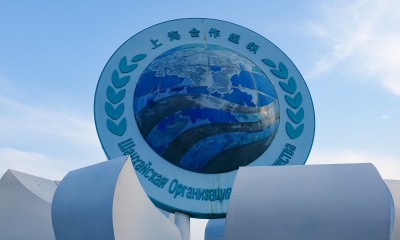Greening of the Belt and Road Initiative and COP26
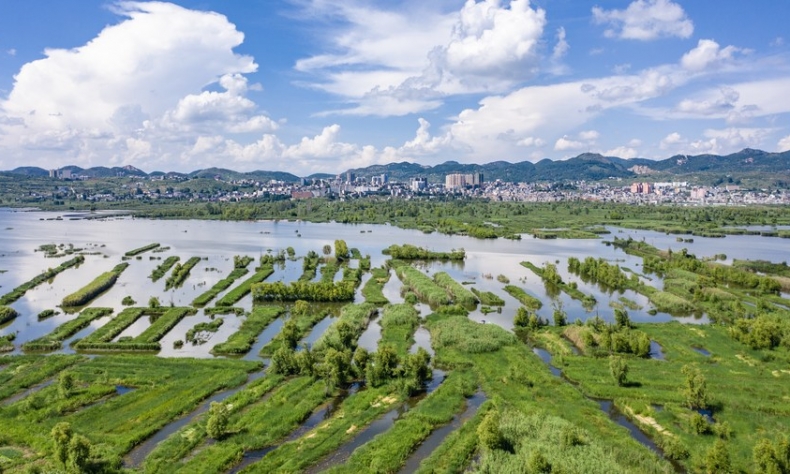
China has also increased investment in clean and renewable energy. The data of the BRI investment shows a steady increase in investment for green energy.
A lot has been written about the Belt and Road Initiative (BRI), but there is a dearth of literature which highlights green aspects of the BRI. China, under the leadership of President Xi Jinping, has a clear commitment to green and nature-friendly development and the BRI is the torchbearer of President Xi’s vision.
Unfortunately, this dimension is not part of any discourse. The opponents criticize China on the basis of self-assumed perceptions. They have launched smear campaigns against the BRI without understanding the new philosophy of development, President Xi’s vision of Eco-civilization and circular economy.
China has redesigned its policies and actions to achieve green development, which ensures the well-being of people and harmony between nature and human. President Xi Jinping has assured the world and the Chinese people that “We will never again seek economic growth at the cost of the environment.” It indicates the future course of actions will be led by the vision of eco-civilization to ensure harmony between human and nature. The BRI is transforming the practices in accordance with the vision of eco-civilization and new philosophy of development.
China has learned the significance of respecting nature through the evolution of Chinese civilization. This philosophy has changed the whole dynamics of the economic growth and development policy of China.
China is leaving the old practices, technologies and fossil fuels behind and is looking for new ways of growth and development which are more energy-efficient and nature-friendly. China has started the implementation of policies from the national level because China believes that whatever you tell others, you should first practice at home.
Now the 14th Five-Year Plan came up with targets to achieve the goal of green development. China will work to lower the carbon intensity by 18 percent and energy intensity by 13.5 percent. Resource utilization will be enhanced by 20 percent and water use will be brought down by 16 percent. Eco-industrial Parks will be encouraged, and recycling industry will reach the target of $773 billion by 2025. The adoption of Vision 2035 has further accelerated the process.
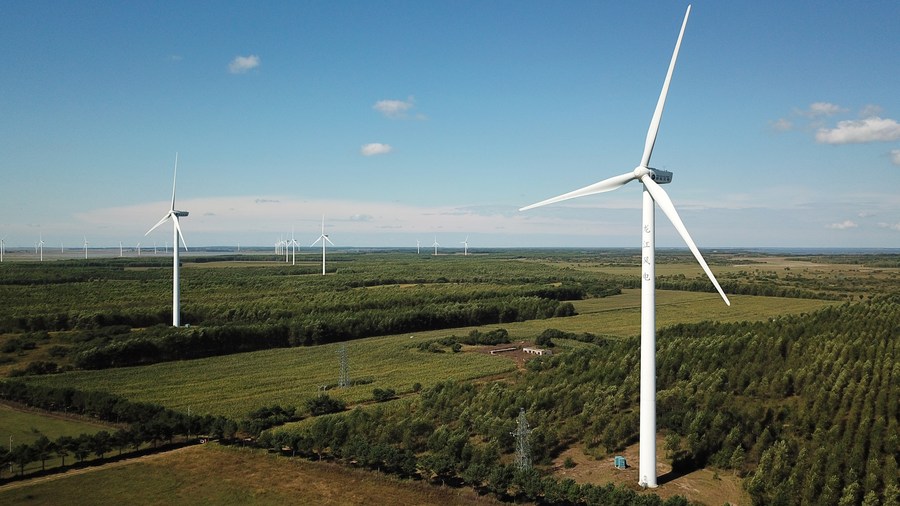
Simultaneously China is also focusing on its global programs. China has issued rules for Promoting Green BRI and the BRI Ecological and Environmental Cooperation Plan. President Xi at the second forum of the BRI assured the world that China would work for building the infrastructure with characteristics of sustainability, high quality, reasonable pricing, risk resilience, inclusiveness, and accessibility.
The Second Forum of the BRI was followed by the launch of the Belt and Road Initiative International Green Development Coalition (BRIGC). The goal of the BRIGC is “to promote international consensus, understanding, cooperation and concerted actions to realize green development on the Belt and Road, to integrate sustainable development into the BRI through joint efforts and to facilitate BRI participating countries to realize SDGs related to environment and development.” Since its inception, BRIGC is working diligently to realize the dream of green development.
According to official statistics, 140 countries and international organizations have joined the BRIGC. BRIGC has 10 thematic areas and with each area, there are a good number of organizations. The areas of work are Biodiversity and Eco-system Management, Green Energy and Energy Efficiency, Improvement of Environmental Quality and Green Cities, South-South Environmental Cooperation and SDGs Capacity Building, Green Technology, Innovation, and Corporate Social Responsibility, Sustainable Transportation, Climate Change Governance and Green Transformation, Environmental Legislation and Standards, Maritime Community with A Shared Future and Marine Environment Governance.
China has also launched the “Green Investment Principles” initiative in collaboration with many Western countries, including the UK, France, etc. It has 27 member states. Green Development Coalition is another initiative to strengthen cooperation in green development. The coalition has been joined by 25 countries and some international organizations, think tanks, and civil society organizations. The purpose of the coalition is to build a network for research, experience-sharing, and the means to achieve the UN 2030 SDGs Agenda.
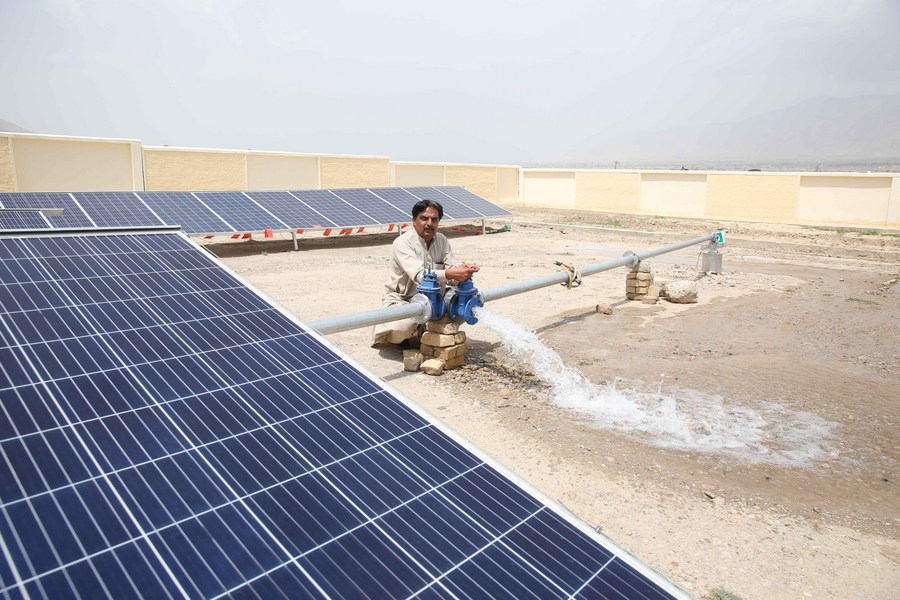
The Chinese Academy of Sciences came up with the idea of Silk Road Environment Program. The program has been designed to build close cooperation with research institutes across the world with a focus on the BRI member countries. The research community of China wants to share its experience with other countries. Moreover, China had announced that it will train 1,500 officials under the “Green Silk Road Envoy Program”. Big Data Platform is another landmark initiative. It will be a huge intervention to tackle issues of environment and climate change in the future. Data is key to formulating sound and focused policies for achieving the desired results. The Ministry of Ecology and Environment of China also established a Belt and Road Environmental Technology Exchange and Transfer Center. It is one of the most important initiatives. As we know, many developing and poor countries lack the technology to combat the challenges of climate change. Thus, it will be interesting to watch how China is trying to assist these counties. The National Development and Reform Commission of China also introduced the initiatives of Green Lightening and Green Cooling initiatives.
In addition, China has already started to take practical steps to adjust its investments under the BRI. It has started to shelf or replace fossil fuel power projects with renewable and clean energy. Data shows that half of the planned or negotiated coal-fired plants have been shelved or cancelled during 2014 to the end of 2020. It is a huge shift in policy and investment from China. Investment in coal-fired power plants has also observed a steady decline. Now President Xi has announced that China will not invest in coal power projects.
On the other hand, China has also increased investment in clean and renewable energy. The data shows that there is a steady increase in investment in green energy. In 2014, the share of green energy in total investment was 19.60 percent. In 2020 it increased to 58.12 percent. It shows that China will assist the world to promote green development. The Covid-19 pandemic has further given impetus to green development under the theme of green recovery. China, along with other leading countries of the world, sees this as an opportunity to reset the economic and development agenda.
In nutshell, China has paced the work on the transformation of the BRI into a green initiative. It has launched multiple forums and initiatives to seek a green BRI. It is a concrete effort of China to achieve the goal of harmony between nature and human without compromising on development. Thus, the uncalled or self-presumed propaganda on environmental basis against the BRI should stop here. Also, China needs to present its cases of green BRI at COP-26. China should organize some events at COP-26 to showcase the green development of the BRI.
The article reflects the views of the author and not necessarily those of China Focus.
 Facebook
Facebook
 Twitter
Twitter
 Linkedin
Linkedin
 Google +
Google +




